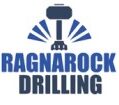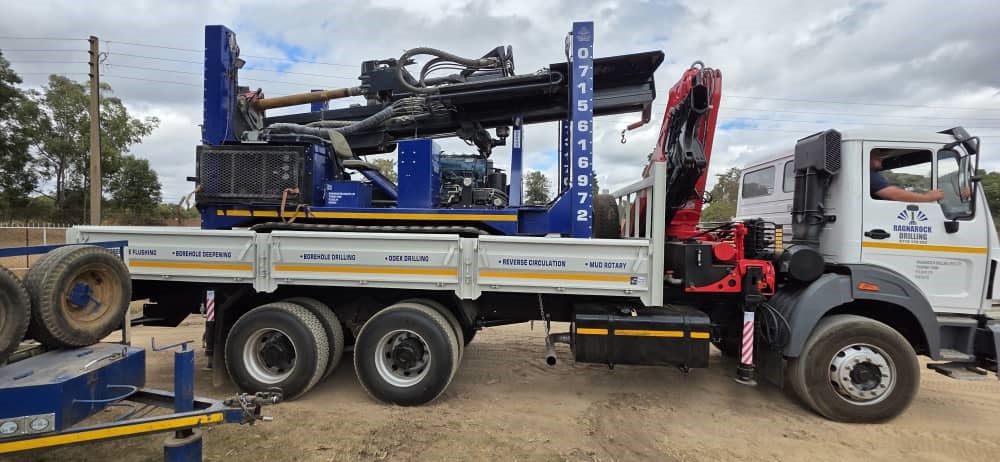Welcome to the newest addition to our fleet! One of the key features of our track-mounted drilling rig is its mobility. Equipped with tracks instead of wheels, this rig can traverse rugged terrains, including muddy, rocky, or uneven surfaces. The design allows it to easily access remote and challenging drilling sites. Being track-based provides a more stable platform, resulting in better hole alignment. Our track-mounted rig can reach depths of up to 250 meters in rugged terrain, while also reducing environmental impact due to its increased manoeuvrability, which leaves a smaller footprint.

Gold RC Drilling in Shamva
Reverse Circulation (RC) drilling ideally produces dry rock chips, as large air compressors dry out the rock ahead of the advancing drill. This method is one of the most popular for mineral exploration drilling.
Reverse Circulation drilling uses rods with inner and outer tubes, allowing drill cuttings to return to the surface inside the rods. The drilling mechanism employs a pneumatic reciprocating piston, known as a hammer, which drives a tungsten-steel drill bit. Reverse circulation is achieved by blowing air down the annulus, creating differential pressure that the cuttings up the inner tube within each rod. This material reaches the deflector box at the top of the drill string, then moves through a sample hose attached to the top of the cyclone.
Our cyclone is equipped with two sample boxes and a built-in splitter. The drill cuttings travel around the inside of the cyclone until they fall through an opening at the bottom, where they are collected in a sample bag. For each drill hole, there will be a large number of sample bags, each marked to record the location and drilling depth from which the sample was obtained at 1 meter intervals . These sample bags are later taken for analysis to determine the mineral composition of the drilled hole. The analysis results for each individual bag represent the mineral composition at a specific sample point in the drill hole. Geologists can then review the ground analysis and make informed decisions about the value of the overall mineral deposit. Reverse Circulation drilling is one of the more cost-effective options for surface drilling. Generally, RC drilling is slower and more expensive than other methods like RAB but it achieves better sample recovery and has little to no cross contamination. It is also cheaper than Dimond (core sampling ) Drilling.


